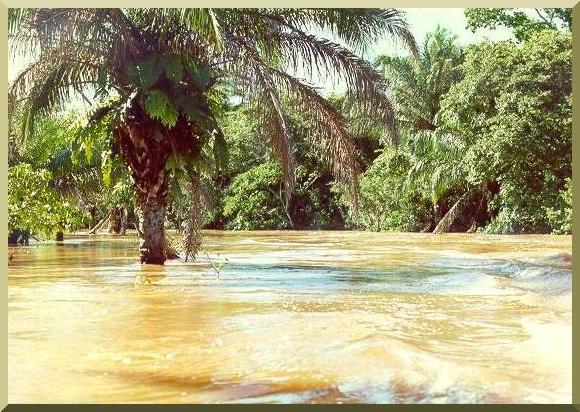|
Kinematic waves are simplified models of unsteady free-surface flow.
Dynamic waves solve the complete equations of continuity and motion, i.e., the St. Venant equations.
Based on this fact alone, it would seem that dynamic waves must be altogether better than kinematic waves,
yet, experience indicates otherwise.
In their classical paper on the theory of kinematic waves, Lighthill and Whitham
concluded the following: "Under the conditions appropriate for flood waves... the dynamic waves rapidly become negligible, and it is the
kinematic waves, following at a slower speed, which assume the dominant role."
Woolhiser, the developer of the kinematic flow number, recalls how
he and Liggett started their joint research at Cornell University in 1964,
with the intent of showing that the St. Venant equations without simplification were
required for the overland flow problem. Yet, to their surprise, they came to quite different conclusions.1
Theory tells us kinematic waves do not attenuate.
We reckon that many flood waves either do not attenuate, or attenuate very little.
Therefore, it follows that most flood waves must be kinematic, or, at the very least, diffusion,
and not necessarily dynamic.
| ||
|
|
